Cooking on Stainless Steel for Beginners
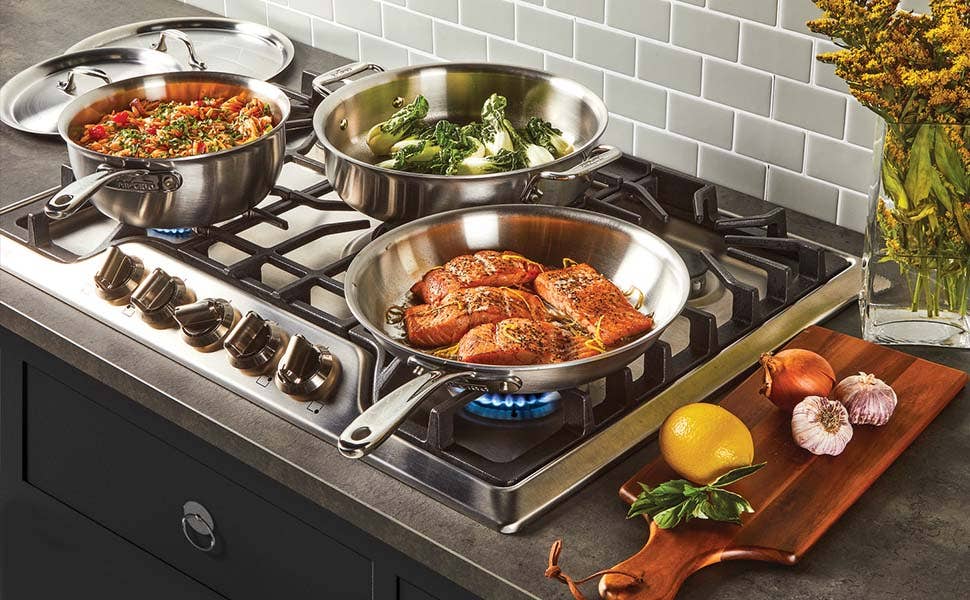
Cooking on Stainless Steel for Beginners
There’s a reason that stainless steel cookware is trusted by professional chefs around the world – it’s the most versatile cooking surface you can find. However, for home cooks used to cooking on a coated non-stick surface, the idea of stainless steel can be daunting. Will your food stick? Will it be easy to clean? We’ll tackle cleaning in another post (but, the short answer is: yes, cleaning stainless is easy!).
Let’s go over the four key ways to keep food from sticking to your new stainless steel cookware, ensuring your food remains intact and unstuck, all while protecting the integrity of your pan for years to come.
1. Preheat
The same way you preheat your oven before baking, remember to preheat your pan before adding any food to the cooking surface. A preheated pan means that your food will be cooking from the moment it touches the surface, ensuring that it cooks evenly. A neat trick is to drip water on the surface and when you see it jump or dance on the pan, the pan is preheated and ready to cook.
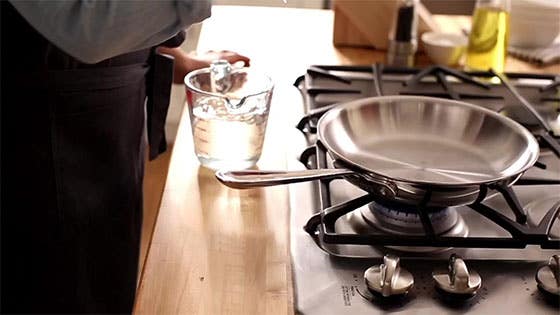

2. Keep it moderate
Use medium to moderate heat to avoid damaging your pan and the food inside of it. Over-heating your pan can also damage any oils you are using to cook with. The only time to turn the heat up to high is when boiling liquids.
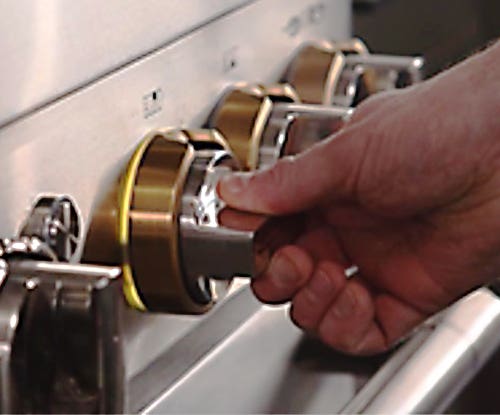

3. Fat is your friend
After about 2-3 minutes of preheating your pan, add a fat source such as butter or oil. Since different fats have unique smoking points, you will want to ensure you choose one based on your cooking temperature to avoid overheating the fat, rendering it bitter. Some common fats are butter which can be used at low heat and is great for cooking eggs, olive oil for moderate heat (think sautéing vegetables or cooking a delicate fish), and Grapeseed/Vegetable oil on higher heat when you are searing proteins. Once the oil is shimmering or when the butter has finished bubbling, you are ready to begin cooking.
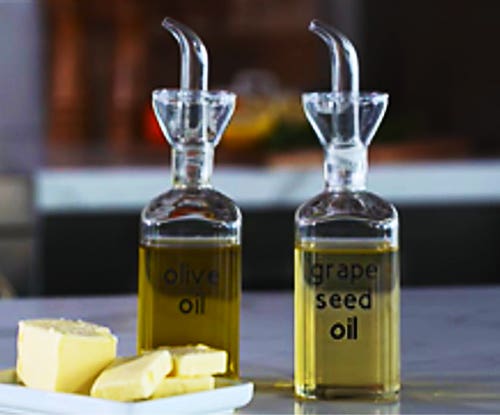

4. Be patient
Once you place your food in the pan, don’t be in a rush to move it around. If you move your food too early, it will stick to the cooking surface. The stainless steel surface will actively release your food when it is ready to be flipped. You can test this by gently nudging your food from side to side. If you encounter resistance, give it some more time. Once you can easily move the food along the cooking surface, it’s ready to flip or remove.
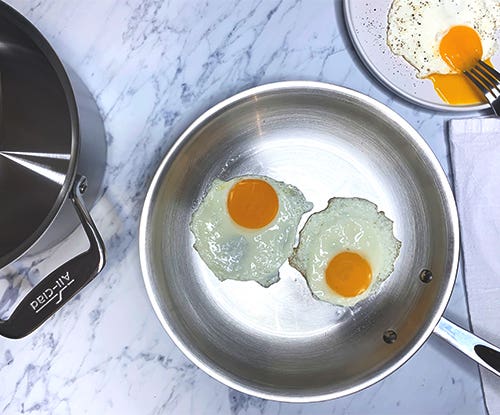

Give these trips a try, and let us know what dishes you created in the comments!


I don't you the word love lightly, I love your product.
We are delighted to hear that you have found these tips to be helpful. We are also very happy to hear that you are loving All-Clad Cookware! We hope that you continue to enjoy your cookware by All-Clad for a lifetime. Be sure to check our Cook with Us Blog regularly for more tips and tricks and delicious recipes.